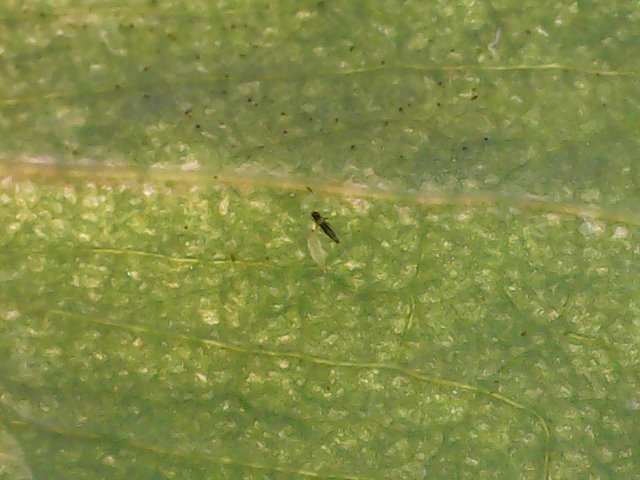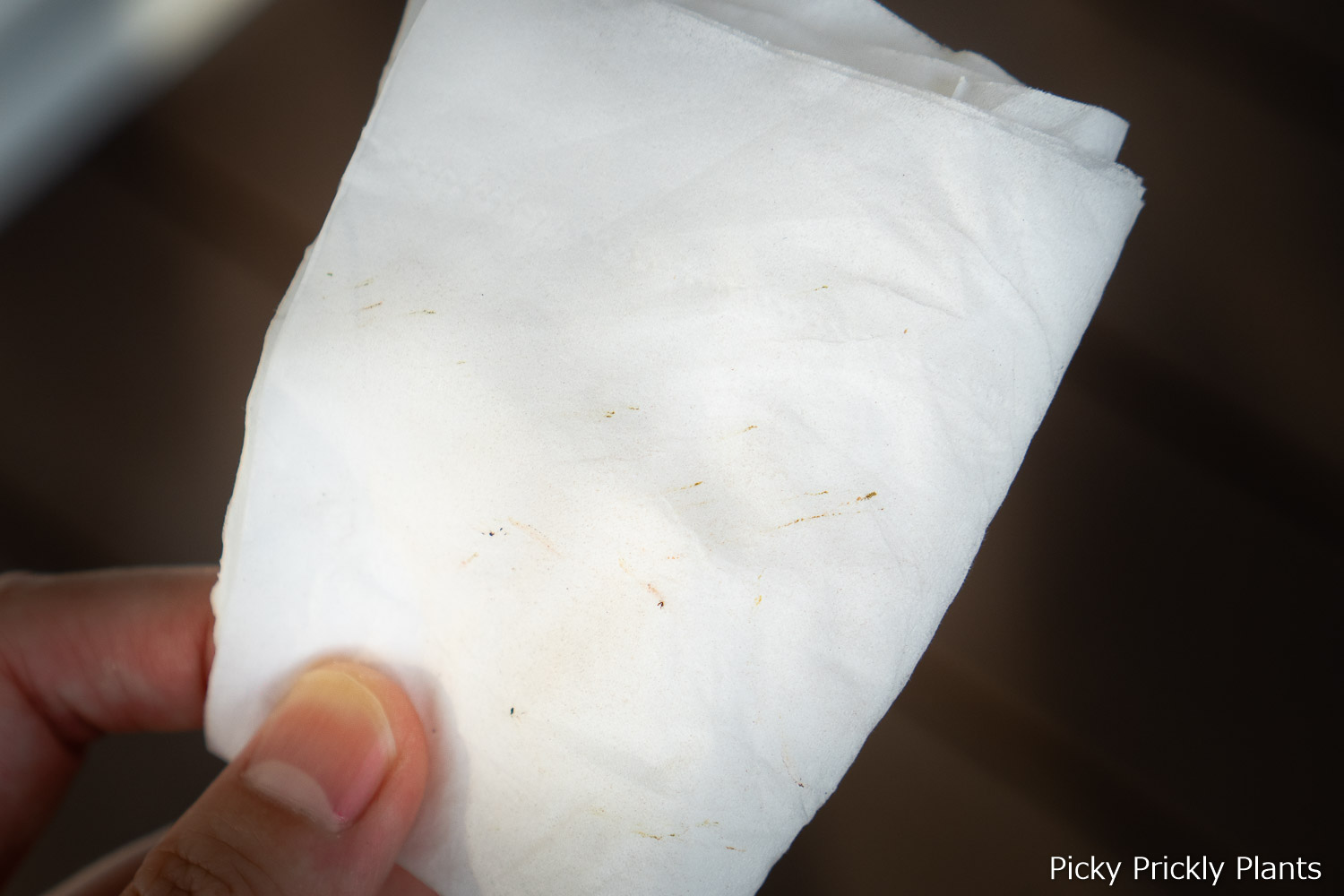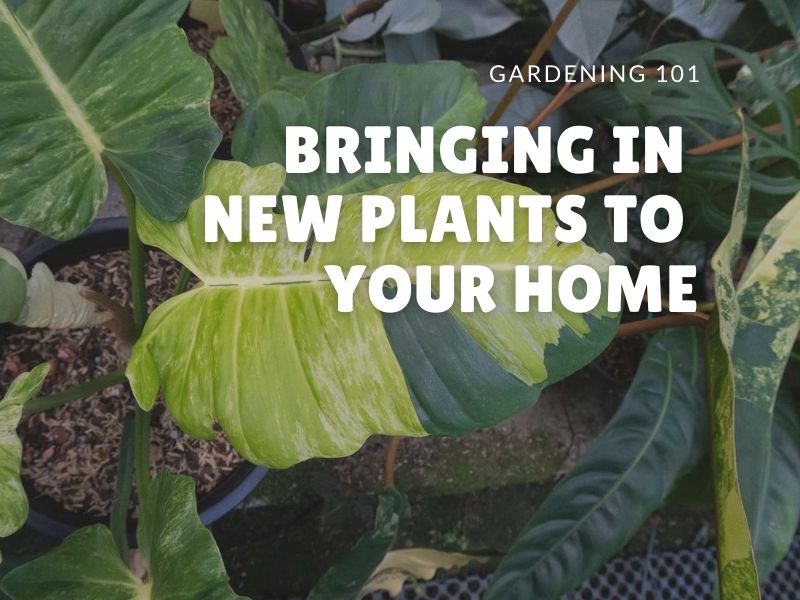We love the feeling of shopping and buying new plants. If you are like us, this guide is a must-read so that you don’t fall for the same mistakes that we made in the past. New plants are nice but they often introduce in unwanted pests into your garden. Be it spider mites, thrips or mealy bugs, having them around is nothing but trouble. Furthermore, not all plants can be immediately placed together in the same environment as others. Plants need some time to acclimatise and not doing so can permanently damage them.
Why do new plants need special attention?
Acclimatising them to your environment
First thing you need to know is where did your plant come from. Was it a local nursery where it was grown for more than a year or just shipped from another country. Knowing this can help you identify how long the plant needs to adjust and how you should take care of it.
No matter how careful you are during the transport, it is inevitable that you will break some of the fine root hairs. This greatly affects the ability of the plant to absorb water and it will take a few days before the roots recover.
Preventing the introduction of pests
Pests often come together with new plants and you want to make sure that you do a thorough inspection. You want to look out for a few things:
Spider mites and thrips
Make sure that both sides of the leaves do not have any visible bugs. Use a paper towel and gently wipe the surface of the leaves. If you see brown or red streaks, it is likely spider mites. If you spot small black bugs shaped like rice grain, there might be thrips.


Scales and mealybugs
Inspect the stems of the plant. Scales and mealybugs tend to stick to areas where the leaf connects to the stem. Look out for white spots, hard shells and waxy stuff that can be wiped away using a paper towel.
Root mealybugs
If you are uprooting the plant, look at the roots for white patches. Root mealy bugs are one of the hardest to fight as they hide in the soil and you can only tell when you plant looks unhealthy all of a sudden.
What should you do when bringing in new plants?
Give them a good shower
What we do is to give the new plant a good shower by spraying water on the entire plant. Focus on pest prone areas like both sides of the leaves, stems and roots. Place it at a breezy spot and away from direct sunlight. For cacti and succulents, we uproot the plant and bath it in a diluted solution of sulphur soap and fungicide. Rinse it well put it in front of a fan for a few hours to quicken the drying process.
Change the soil
If the plant is from a local nursery, it most likely comes with the soil it grew in. We usually ask the nursery if they re-potted the plant recently and if they recommend us to change the soil. We also inspect the soil to check for a few things:
- If the soil is still fluffy to touch and not rock hard
- If there are visible bugs in the soil and around the rim of the pot
To be on the safe side, we usually re-pot the plant if we think that the plant can survive it. Changing the soil is a very stressful procedure, especially after the plant is moved to a different growing environment. Only do it if it is a mature plant that has an established root system. In our experience, cacti and succulents can tolerate a little more stress and we almost always change out the soil to something more suitable for our environment.
Find a good spot away from sunlight and other plants
Place your plants in a place that is not exposed to the elements. A shaded corner of your garden isolated from the rest of your plants is the perfect spot. They need to stay there for about a week or so. We inspect the plants every few days to make sure that there are no recently hatched bugs. We hand squeeze them as soon as we spot any so that they don’t get a chance to lay eggs and continue to breed more.
Next steps
It can take more than a few months for a plant to fully acclimatise. Move the plant gradually to get more sunlight and observe how it reacts. If leaves start to droop and you see yellowing on the tips, the root system is likely not established yet and the plant might need a while more. However, if you see lots of new growth, congratulations! It takes a few dead plants to know how to do this in your garden but the efforts are definitely worthwhile.


One thought on “Basics 101: Bringing in new plants into your home or garden”